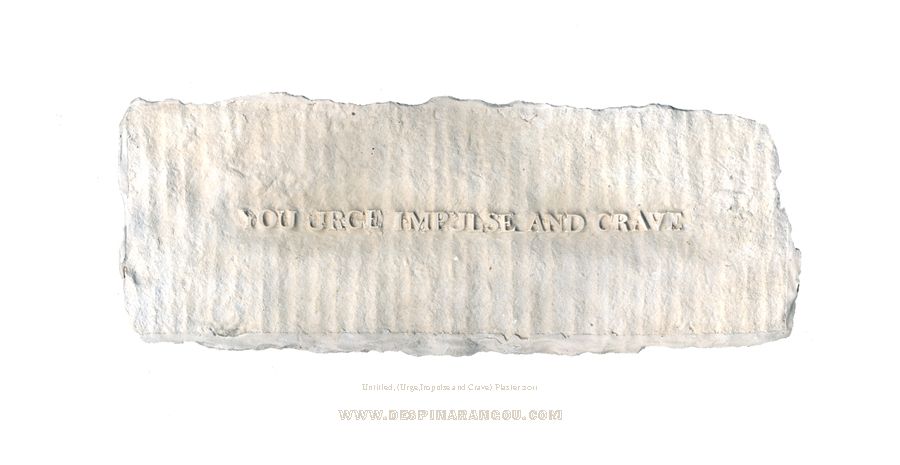 |
| Richard Hollis and Ken Garland after the talk |
 |
| First things first manifest by Ken Garland |
Apparently there are two distinctions of professional ethics, which includes Separatism and Universalism. For example separatism includes doctors, solicitors etc, so we have people that are allowed to lie and act in ways that others in society are not permitted to for the sake of their clients. Universalism on the other hand is an unprejudiced behaviour with strong social manners that cannot exclude anybody. Here's a question: in which category can you have graphic design when a big part of it is manipulation? Since the media are ruling our so often called reality then how can you say graphic design is ethical?
The lecture had a great emphasis on the user or consumer if you like (according to Paul Rand.) The reason why graphic design is so important is because it represents notions, styles and fashions of society - it gives an idea of what the majority of our society is/wants. Now, if graphic designer could realise the great impact of their communication tools and turn their direction towards a more socially-concious programs, then that would be radical. Designers according to Silvia need to ask their target audience and listen carefully, not just make posters that would go into gallery spaces or that would aesthetically please, but speak to people.
Unfortunately not many designers are supporting this idea, often because it needs more commitment and does not include a big fat salary like the guys in Mad Men. Well, at the end of the day, it depends of the morality of each person and as it shows from these lecture - there is a few that still have it.
Interesting projects:
Penguin Draw your Own Cover // visit here
The Bubble Project // visit here
Subjective Atlas of Palestine // visit here
Tussen de regels // I can't find it in english but basically as Annelys explained in the lecture, in the Netherlands when a political building is being build the government provides the same amount of money for a public art project. Some phrases included in the project are:
'THE NOBODY OF EVERYBODY'
'THE NARCISM OF REALITY'
THE SPEED OF OPINION'
'IRRATIONALITY OF ACTUALITY'
'THE EGO OF SILENCE'
visit here
Expedition Francka // visit here
Beautiful Dirt // (very clever project) visit here












